African safari tips and packing list
Africa
Essential things to know before you go on a Safari
Not sure where to start, how to go about it and what to pack for an African safari? On a self-drive safari, do you discover the African wilderness for yourself by possibly driving endlessly or do you choose an easier option to be guided by professionals?
It is often a challenge for first time safari goers to know what to do and what types of clothes to wear. Is it necessary or worth packing anything else?
I have some top tips for you.
An elegant ‘Out of Africa’ look might be what comes to mind, armed with a set of binoculars and a vintage safari pith helmet, when you are thinking of a safari, but here you will find far more in-depth information. I’ll admit when I set out on a safari trip I would love to have a cool, sophisticated look but more often than not I am far less elegant and end up with dusty pants and a top within minutes.
I would also love to see all of the Big 5 as well as the Little 5 on every self-drive safari tour we embark on. But will that happen? Not always.
Below you will find an ultimate guide on what you need to know and pack for a safari.
Hippos at St Lucia, Kwazulu-Natal
“The boat glides gently to a standstill. Quiet whispers among our safari group as we watch a pod of hippo’s bob and sink in the water. Here and there we hear a honk. One yawns extensively, yet I am just too slow to capture it. But that’s ok. What an incredible moment just to watch the world’s most dangerous animal, just a few metres away from us. Even more dangerous than a lion. ”
Wildlife in Africa – A safari landscape at its best
What better way to see wildlife than in their natural habitat? A safari in Africa is a journey, whether short or long, to observe wildlife roaming where they belong, in nature. The duration of a safari can range from a couple of hours to a few days or even weeks. It can be a guided tour on a safari vehicle or self-drive in your own car or alternatively a hired vehicle.
Safari vehicles are usually open and raised so you have a better view of the animals. However there are closed safari vehicles that often double up as overland touring vehicles too. Safari destinations are usually in national parks, game lodges or reserves.
Overland safari vehicle observing an elephant in Kruger National Park
A safari is an ideal way for you to connect with nature and its animals and at the same time to educate yourself or be informed by knowledgeable guides about wildlife.
Lioness yawning in the Kruger National Park
Missing out on Roaming Fox Adventures? Click the button below and complete the form to subscribe to my newsletters.
Things to know before you go on a safari in Africa.
Practical tips on what to pack
Clothes:
Let’s go back to that clothing…
It is not essential to pack khaki green or light brown to beige clothing. Neutral tints are more practical though in hiding some of the dirt as you will get dusty, especially on an open vehicle. Even in your own car, you might still pick up some dust on your clothes and even inside your vehicle.
If you are on a walking safari, I would highly recommend neutral colours. You will be closer to the elements of nature and attract more dust or even mud, especially on your shoes and socks.
Generally the clothes you wear on safari are casual and practical. Take clothes that you feel comfortable in. I would avoid white but that is just me. Light, breathable quick drying fabrics, shorts or long trousers that convert into shorts are useful.
Keep in mind if you are clambering in and out of high safari vehicles. You might want to wear appropriate clothing.
Temperatures can differ vastly from early morning to midday. Dressing in layers often is the answer because you can peel off the layers as the day warms up. When it gets cooler you can put the layers back on again.
Wearing long sleeves and collars can assist in protecting your arms and neck from the sun and even mosquitoes.
A wide brimmed hat is essential if you are spending time outside, especially in summer when the heat can be agonising.
Sensible walking shoes, especially with soles that would be hard for thorns to pierce through as many game reserves have trees with thorns that are vicious.
Warm clothes and even knitted caps or beanies are essential for the winter months. Even in winter there can be a big difference between night and daytime temperatures, so a variety of clothes from short sleeves to warmer tops and trousers are ideal.
Windbreakers or warm jackets are essential in winter when the temperatures drop dramatically as the sun goes down. You may even need gloves, a scarf, a thick jacket and a beanie. Early morning and late afternoon to evening or night-time game drives in winter are freezing. (June to August). If you are on the back of an open game drive vehicle, this is increased significantly. Often blankets are provided but it is still worth being dressed warmly.
A cotton scarf and a sarong or kikoi can be versatile on safari. It can provide some protection against the sun and many expert safari goers even wet theirs to keep cool in the harsh heat or sun. It can also double up as a standby cover for unexpected chilly times.
A swimsuit is useful as a number of camps or lodges have swimming pools to cool off in.
Flip flops or thongs are useful to wear when walking to the swimming pool or even to outdoor showers.
Casual to elegant outfits for dinner, depending on the type of establishment you are staying at are also useful. In some cases the entire trip will be casual but at upmarket establishments you may want to dress a little smarter.
African wild dog also known as painted dog or wolf
Ultimate Essential equipment to pack for a safari:
These items are useful during when on a game drive:
Binoculars. We find binoculars essential to view wildlife. Being on a safari does not necessarily mean that you will be right next to the animals and a good pair with 8 x 40 or 42, or even 10x magnification is recommended for viewing birds and mammals. Having your own set of binoculars is ideal to get optimal viewing time.
Sable antelope
Camera. Sometimes a cell phone camera will do, but often a good quality camera with a good lens will be a useful tool to take endless photos, whether it be an animal, a bird, sunrises or sunsets as well as spectacular landscapes. If possible it is also ideal to have your own camera. You don’t want to miss out on the opportunity to take that shot!
Chargers. Most of our electronic equipment need chargers these days. Don’t forget to bring relevant international electrical plug adaptors.
Map and/or GPS. If on a self-drive safari a map is useful. Make sure your electronic maps are up to date, either on your cell phone or GPS. In some areas in Africa there often is no data or cell phone reception, so an off-line map is handy.
Oryx also known as Gemsbok
Animal and/or bird books or apps. Often one sees an animal or bird and cannot identify them immediately. Books or apps are handy to do some research either at the time or later.
A notebook and pen or pencil. Birders often make notes of the birds they see and write down the descriptions to identify later. A notebook and pen or pencil are useful to jot down descriptions of what you see unless of course you rely on your photos.
Glasses and sunglasses. The African sun is bright and can put strain on your eyes. A good pair of sunglasses help with the glare and can prevent damage to your eyes. If you wear prescription glasses or contact lenses don’t forget to bring them. If you heavily rely on them, a spare pair can come in handy if one breaks.
Sunscreen and sunblock. Once again the harsh African sun can be unforgiving. Sunscreen or even sunblock is a must if you spend time outdoors, such as at the camps, picnic spots or on hikes.
Lip balm. The air can be very dry inland in Africa and lips chap easily. Lip balm can prevent your lips from cracking and if you have one with SPF in it will protect your lips from damaging UV rays.
Water. An essential at any time but especially when on safari or doing outdoor activities, staying hydrated is a necessity. Safaris can last for hours so it is always worth having water or even cool drinks, juice or a flask with tea or coffee.
Young ground squirrels huddled together
Snacks. If you suffer from hunger pangs, a few snacks will be handy if you are out for a few hours. Often there are no restaurants or kiosks to buy any food or liquid refreshments until you are back at camp. We often pack a light picnic when we know we will be driving around for a long period of time.
Mosquito or insect repellent. The most deadliest animal or in this case insect, is a mosquito. They can carry fatal diseases such as malaria, Zika virus, dengue fever and West Nile virus. We never travel without insect repellent. In some areas it is advisable to take malaria prophylaxis. Speak to your travel clinic or health advisor/doctor.
Torch. Depending on where you are staying, a torch (flashlight) or headlamp is a must as there often is limited lighting at camps at night. It can be pitch black in the bush or in your tent when it is dark. Hot tip: A torch will also come in handy in South Africa during loadshedding – when electricity is turned off voluntarily for a few hours because the infrastructure cannot cope with the demand.
First Aid. Prescription medication and a small first aid kit is always valuable. Bring medication for headaches, diarrhoea, antihistamine, and malaria prophylaxis where necessary. Plasters and some disinfectant are worth having for small injuries. Eye drops are often overlooked and can be useful when your eyes get tired and dusty from a day of game viewing.
A sequence of photos taken at Addo Elephant National Park where an elephant calf decides to chase away the warthog from the waterhole.
Top tips for a safari whether guided or self-drive
Safaris can be one of the best times of your life but it also often brings out the worst in people. Some will have no regard for the safety of an animal. They also often have no respect for others that would like to enjoy their opportunity to see wild animals in a peaceful manner.
Zebra road block
Plan your trip on safari. Allow enough time between camps for sightings or delays. Do not try and cover too much ground. If you rush you could miss out on some good sightings. Some reserves have speed limits and you will be fined if caught speeding.
Choose your time for a safari carefully. Usually the best time to see wild animals is early morning and late afternoon or evening. This does not mean you won’t see anything in the middle of the day, but animals are known to lie down in the long grass under the shade of a tree during midday when it is hotter, thus making it more difficult to spot them.
Rhino and a warthog
When is the best time for a safari? One can go on safari any time of year. Middle to late winter is often a better time to view the animals but that is purely because the vegetation is generally more sparse so it is easier to see the animals. Each time of year brings a unique experience to watch animals or birds, especially those that migrate.
Not all safari experiences are the same. Each experience is unique. Sometimes you can drive for hours and all you see are a few birds. At other times you barely drive a few metres and you can have the sighting of a lifetime. Patience is the key.
Waterholes. Game reserves and lodges design waterholes for optimum and unique views of wildlife and birds while they come to drink. Often you will find a hide where you can blend in and not disturb the animals while you quietly observe or take photos. Hot tip: Often if it has been raining the wildlife are not necessarily attracted to the waterholes as they can find water close to where they are grazing.
Wildlife is exactly that – wild. Wild animals can be unpredictable and whether you are skilled or inexperienced you may not be able to anticipate what they are going to do. Do not get too close to the animals or corner them. Don’t stand between a parent and their young. Even if you are in a vehicle, it is not easy to get away quickly. Assess the situation and if you can, manoeuvre away from them.
All too often vehicles are jam packed around a predator or other animals. This causes an obstruction, possibly blocking the path of both the prey and the predator. While some might think this makes for an interesting photo opportunity, it can also cause unnecessary injury to either if there was no means of escape and one of them runs into a vehicle.
Lion and lionesses at Kgalagadi Transfrontier Park
Be observant. When sweeping your eyes over the horizon, watch out for shapes that are abnormal in the surroundings. That sometimes is a giveaway that it is an animal. However, they are masters of camouflage and aren’t always easy to spot. Depending on your location and what type of reserve you are in, you might be taken straight to a wild animal, especially in the smaller reserves. If you are driving your own vehicle, it can often take time to find wildlife.
Black backed jackal
Try to be as quiet as possible. At some reserves the wildlife are more skittish than at others where they are used to the noise from vehicles or people.
Stick to the rules. Listen to your guide or read the rules that are given to you. They are there for a reason: your safety as well as for the survival of the animal.
Do your research to see what type of vehicle you will need. Some parks have tarred (asphalt) roads and others have gravel/sand/grit or a combination of all. Often they can still be traversed with a normal sedan vehicle and a 4x4 is not essential at some safari destinations.
Have your cameras and binoculars close at hand. If possible it is worth having your own cameras and binoculars. Sometimes one needs to be quick to look at the animals or take the photograph because they can disappear into the vegetation speedily.
Spotted hyaena
Self-drive or guided safari tour? The advantages of going on a guided tour is that you do not have to drive and you can relax and spend your time looking out for the animals. Usually you would sit in a higher vehicle so you would have a better vantage point. Guides are generally knowledgeable about the animals and the area.
Another advantage is that game rangers are often allowed to drive on roads where the public are not authorized to enter. Most of the time you can only go on a guided night drive as the park gates are closed between sunset and daybreak.
The disadvantage of a guided tour is that the vehicle might be full, so it is not always as easy to see the animals. It is often not easy to take photos when the vehicle is overcrowded. Your time looking for wildlife is also limited to the duration of the tour so you often cannot spend quality time at a sighting.
Self-drive overland safari adventure
The advantages of driving in your own vehicle is that it can be done in your own time and speed within the times that the camp gates are open. It is a budget friendly way to see animals. Having your own vehicle or even a hired one, means that you can take what you want so you will have everything at your disposal. This works well with young children who might get bored after a while and you can bring something to occupy their time.
Self-drive safaris are budget friendly, although you can still use a great deal of fuel. In most of the national parks in South Africa you can self-drive but guided game drives are available at many of them, usually at an extra cost.
Kudu
Monkeys are mischievous and baboons can be dangerous. Don’t be fooled by cute monkeys. They are cute, I won’t disagree, but they are quick to grab anything, whether it be a snack or any other item. Do not leave any food or equipment unattended, even if you cannot see the monkeys. They appear out of nowhere. At some places they are even known to grab things out of your hands.
Baboons have nasty teeth and although they don’t usually go around biting people, they can become aggressive if you confront or corner them.
Ground squirrel
Groundwork done? Time for your safari! Hope it is an unforgettable one.
With these tips you should be well equipped for your first safari in Africa. An experience that can alter your outlook on wildlife, nature and conservation.
If you do have any other questions, please feel free to comment below and I’ll get back to you as soon as possible.
Pufadder
Find me on Social Media:
On Pinterest? Pin to read later.










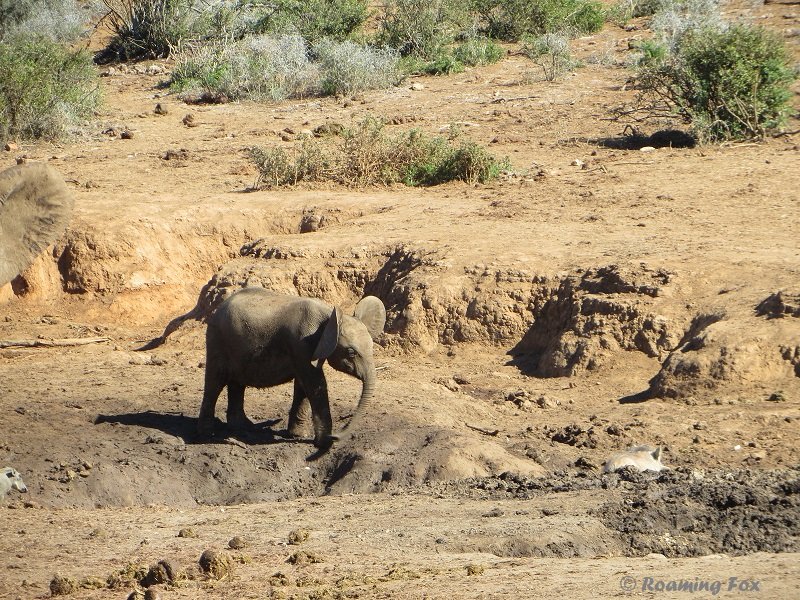

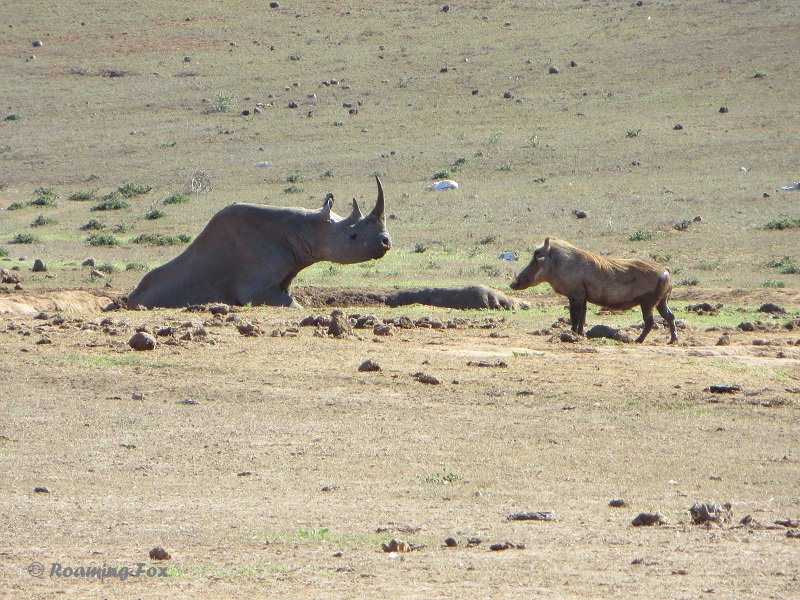


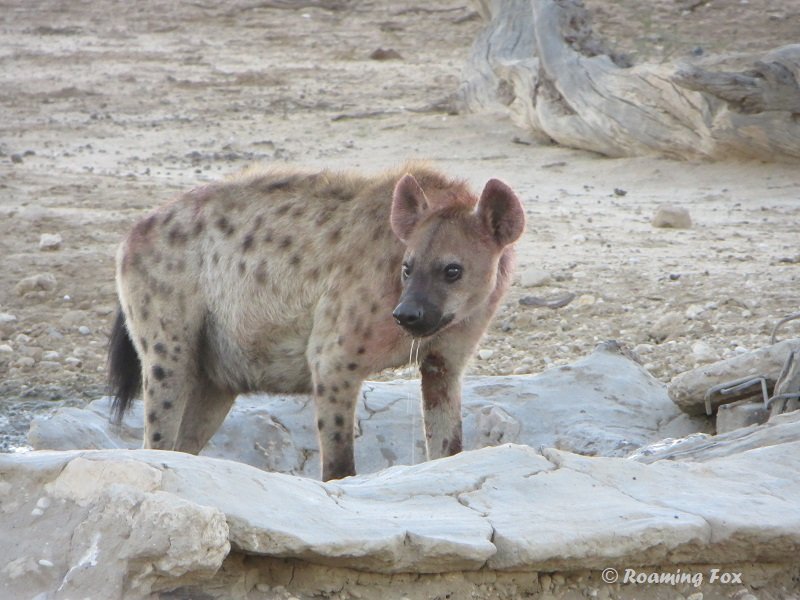






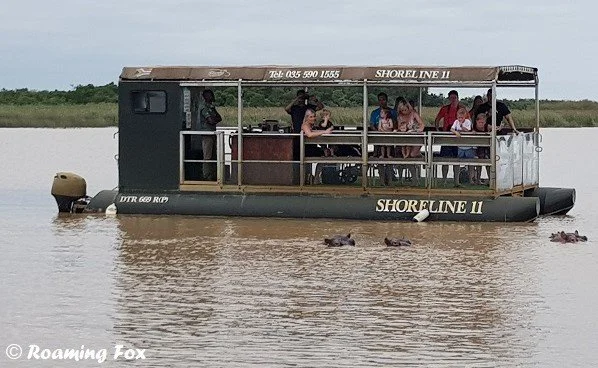

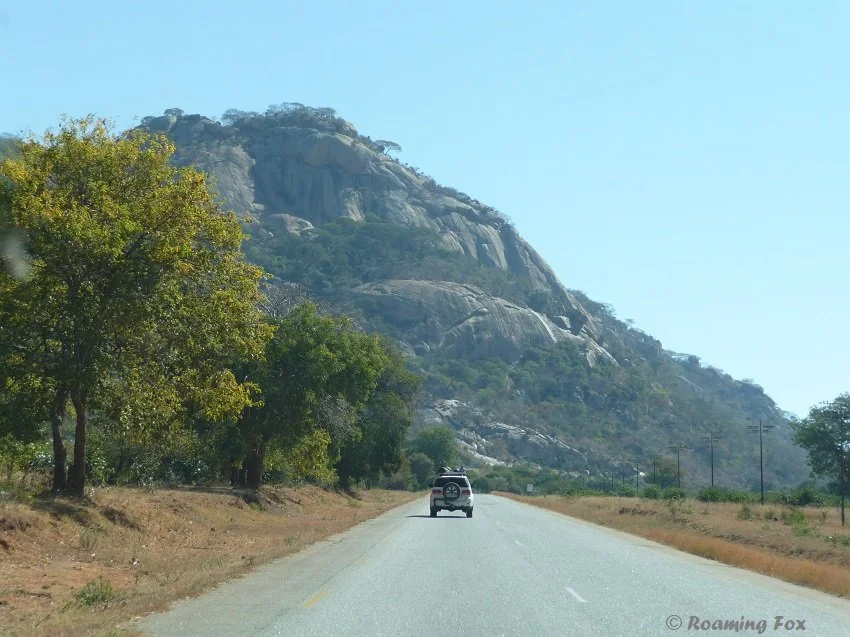
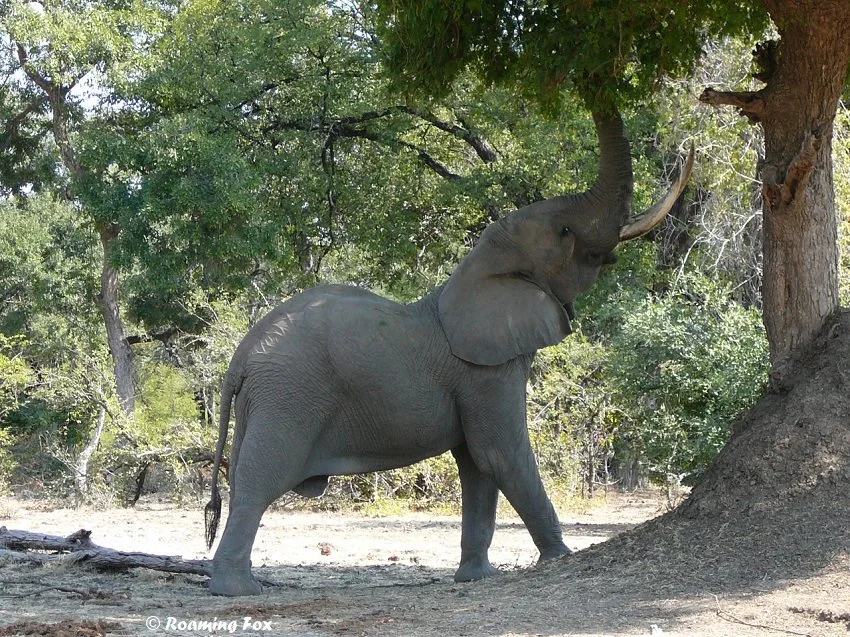

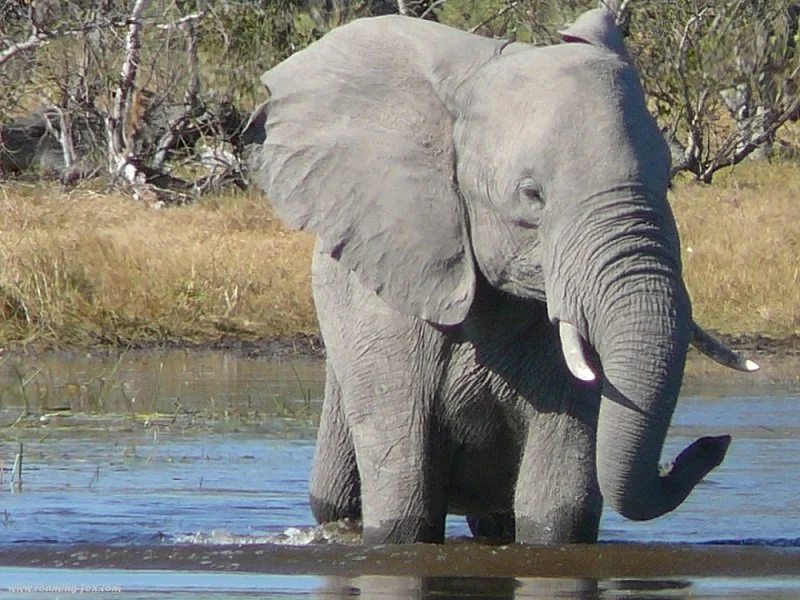




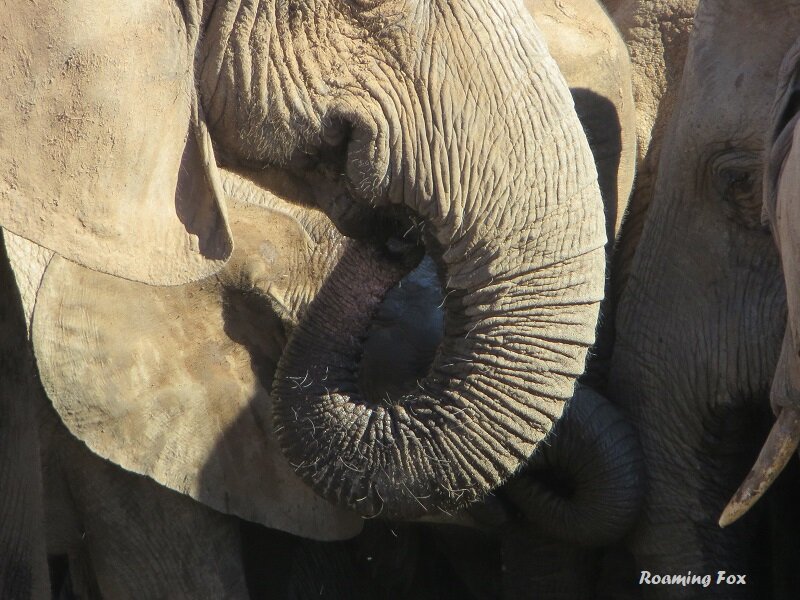

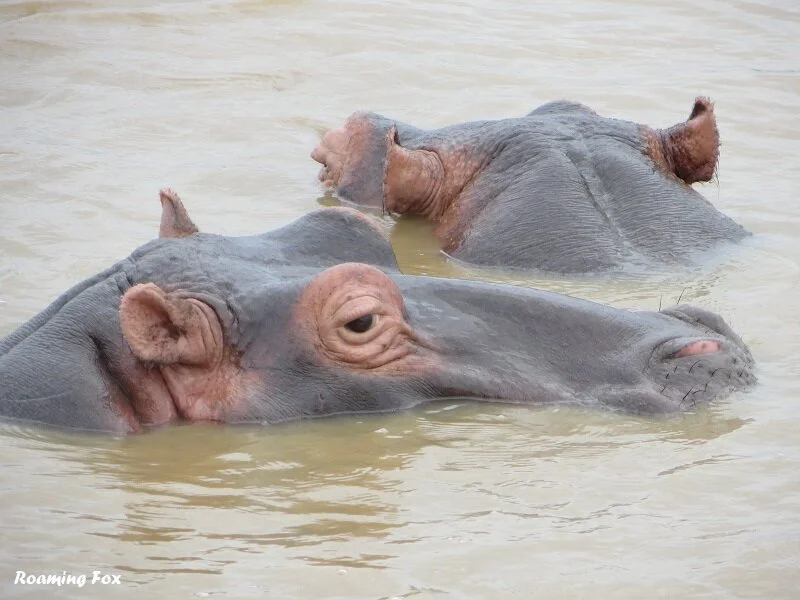



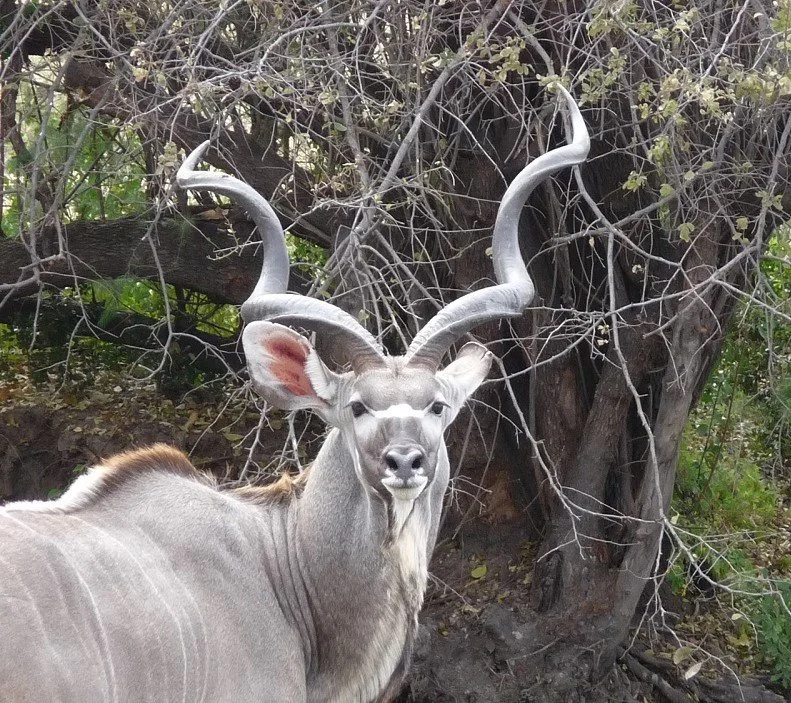
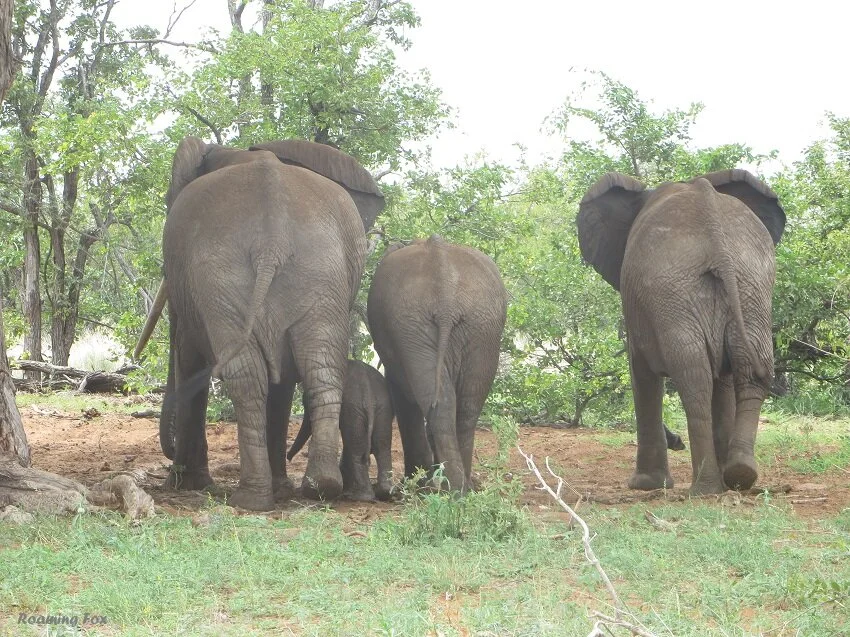






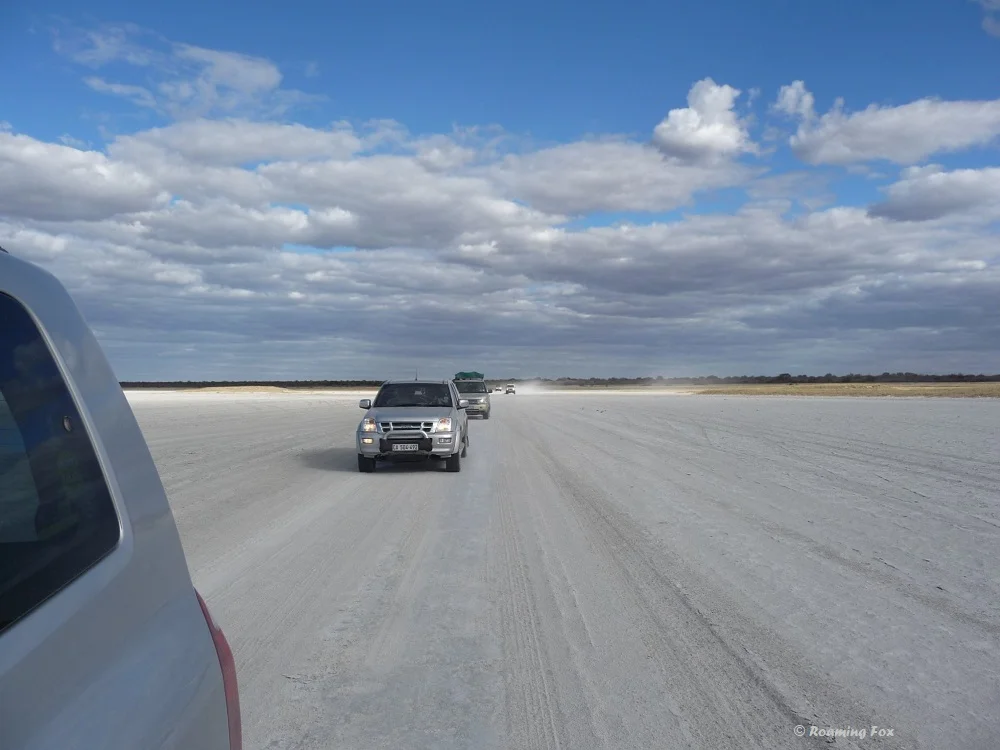
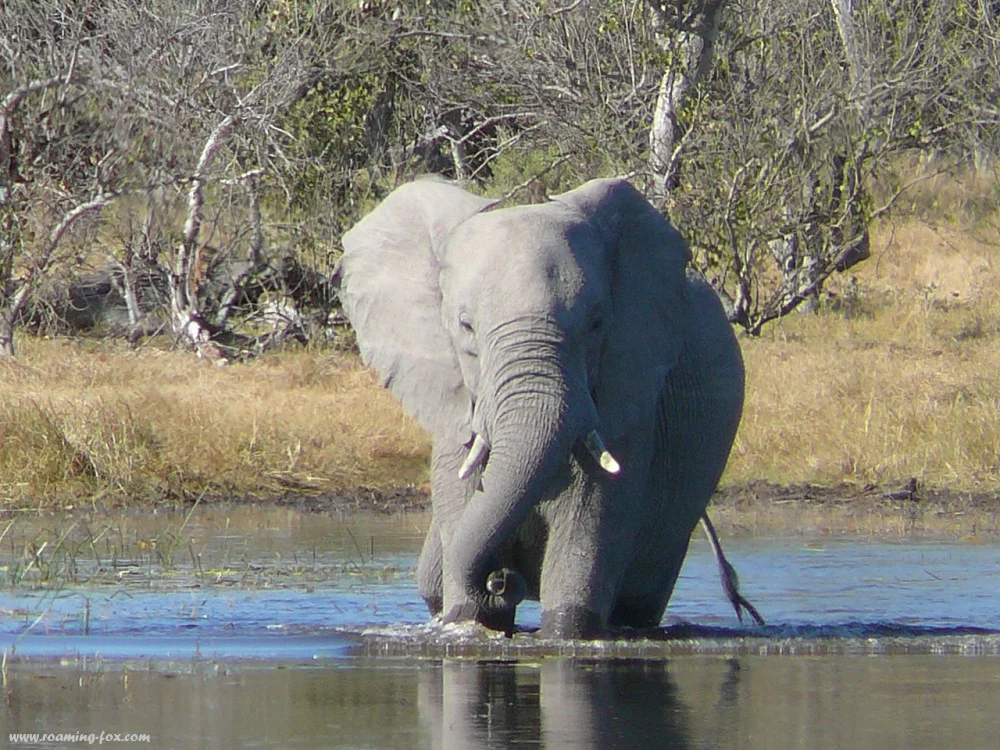



Add some of our best experiences to your South African bucket list.